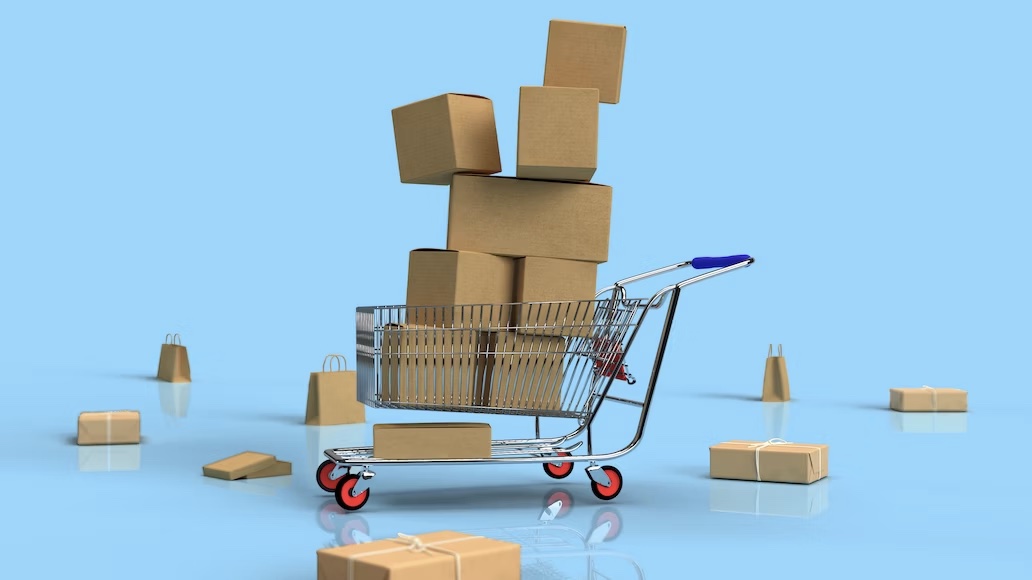
With the dawn of the digital age, more and more individuals have tapped into the ecommerce sphere, crafting their own unique niches and side hustles. You’ve managed to carve out your space and are reaping the fruits of your dedication. But as the momentum builds, you might be thinking, “Is it time to transform this side gig into a full-fledged business?” The leap is big, but with the right strategy and commitment, scaling up is within reach. Here’s a roadmap to propel your side hustle into the ecommerce big leagues.
Upgraded Inventory Management
To elevate any ecommerce business, inventory management is key. Having a grasp on your inventory ensures that products are available when customers demand them. Gone are the days when keeping manual records sufficed. For a growing business, it’s paramount to utilize software solutions that offer invaluable inventory management KPIs (key performance indicators). Inventory management KPIs help track sales trends, reorder points, and even predict future inventory needs. By leveraging this data-driven approach, businesses can minimize overhead costs, reduce stockouts, and enhance customer satisfaction.
The precision offered by these software tools goes beyond mere stock counts. By analyzing inventory turnover rates or recognizing patterns in sales, businesses can forecast demand and strategize their purchasing decisions. In turn, this proactiveness ensures consistent revenue streams, builds customer trust, and allows for scalable growth.
Diversifying Product Offerings
While starting, it’s common for side hustles to focus on a niche product or service. However, as you scale, diversifying becomes essential. This doesn’t mean deviating from your core brand identity but rather broadening horizons within your market segment. For example, a seller specializing in handcrafted leather wallets might consider introducing belts or bags.
Diversification not only attracts a wider audience but also mitigates risks. If one product faces a downturn in sales, other products can compensate for the loss. This strategy keeps the revenue stream steady and ensures longevity in the unpredictable world of ecommerce.
Customer Engagement and Loyalty Programs
An engaged customer is a returning customer. As you scale, it’s crucial not to lose the personal touch that drew your initial clientele. Consider implementing loyalty programs, referral bonuses, or exclusive deals for repeat customers. These strategies can foster a sense of community and brand loyalty.
Moreover, actively seeking feedback and reviews can be transformative. Not only does this feedback loop instill trust in potential buyers, but it also provides insights into areas of improvement. Ensuring that every customer feels valued and heard can set you apart in the crowded ecommerce space.
Strengthening Online Presence
With the growth of your business, your digital footprint must evolve. This means investing in a professional website, improving search engine optimization (SEO), and being active on relevant social media platforms. Quality content, from blog posts to product descriptions, is essential for drawing organic traffic.
Moreover, consider delving into influencer collaborations or affiliate marketing. By partnering with trusted voices in your industry, you can gain credibility and reach untapped audiences. Remember, in the digital world, visibility equals viability.
Streamlined Logistics and Operations
As order volumes increase, handling shipping and returns with the same old manual methods can become a bottleneck. Investing in an integrated logistics solution can automate these processes, ensuring timely deliveries and minimizing errors. Happy customers often result from smooth post-purchase experiences.
Additionally, ensure that your customer service is top-notch. Whether it’s hiring additional staff, training existing personnel, or adopting chatbots, prompt and effective communication is a cornerstone of growth.
Financial Planning and Sustainability
Lastly, transitioning from a side hustle to a full-time business demands stringent financial planning. Monitor cash flows closely, set aside a budget for expansion, and always have a buffer for unforeseen expenses. As you grow, consider sustainable practices. Green packaging, ethical sourcing, or carbon-neutral shipping can not only appeal to conscious consumers but also reduce long-term costs.
Final Analysis
Elevating your ecommerce side hustle into a full-time venture is an exciting journey filled with challenges and rewards. By focusing on inventory management, diversifying offerings, and strengthening customer relationships, you set a strong foundation. Couple that with an enhanced online presence, streamlined operations, and prudent financial planning, and you’re well on your way to establishing a thriving ecommerce empire. Embrace the growth, stay adaptable, and continue to innovate. The ecommerce world awaits your next big move.
